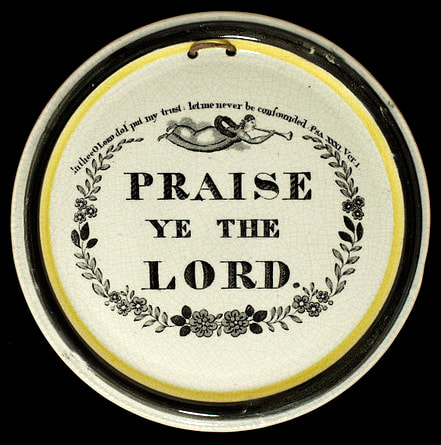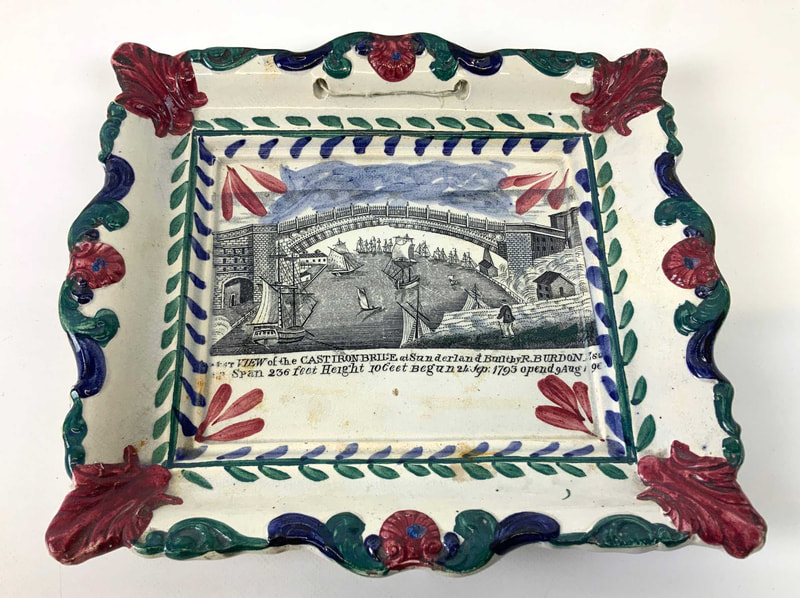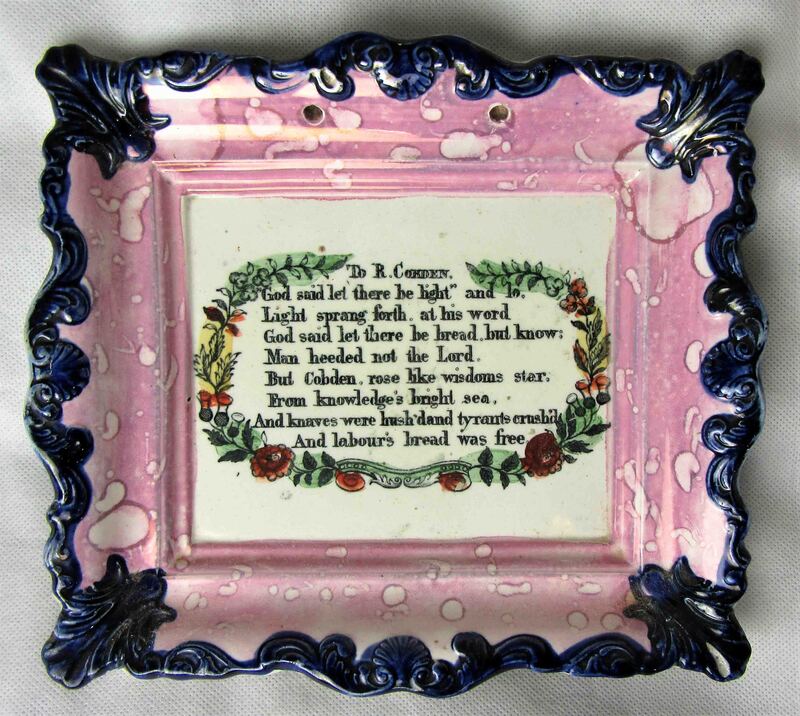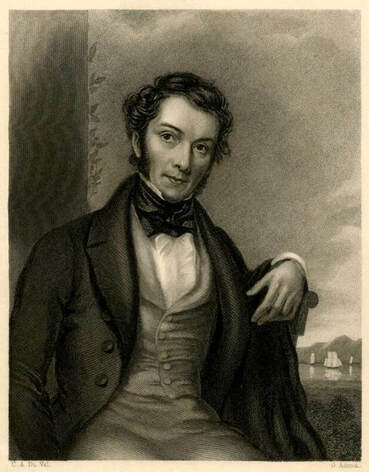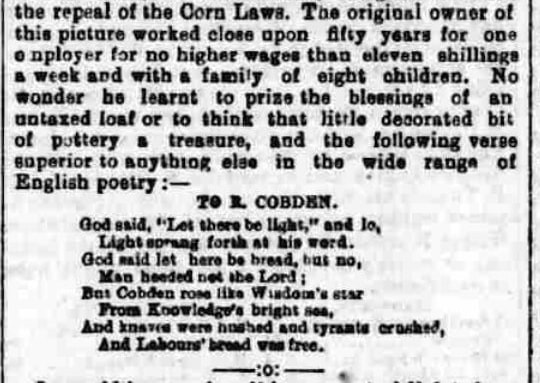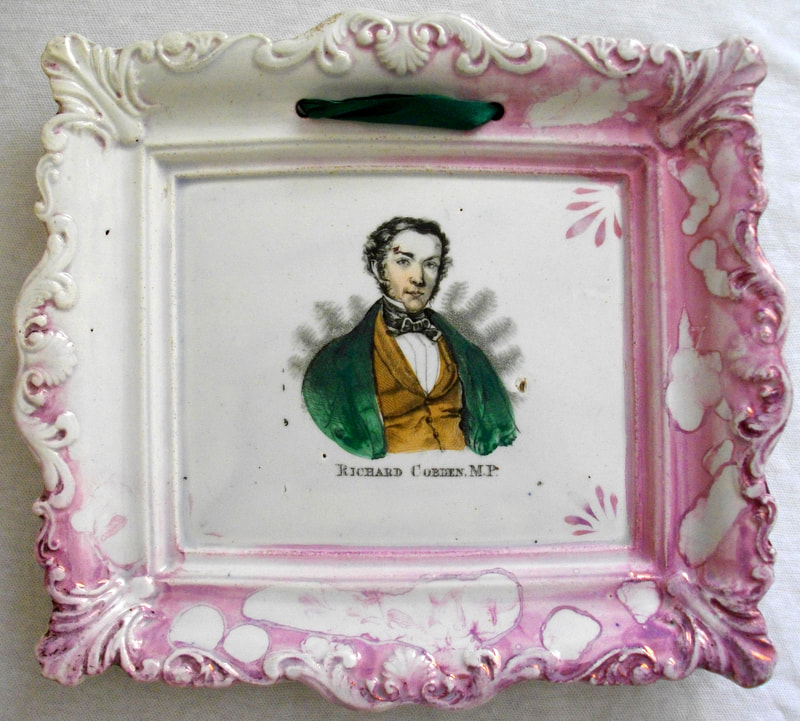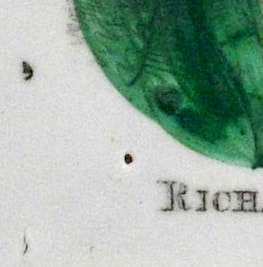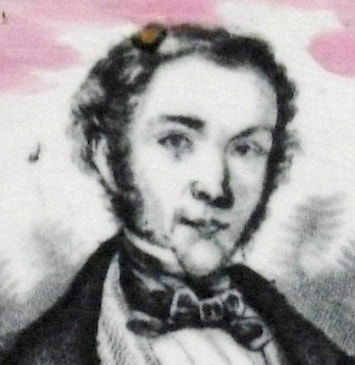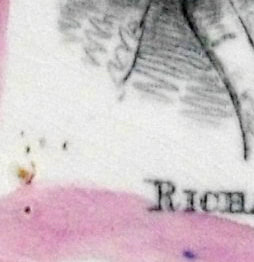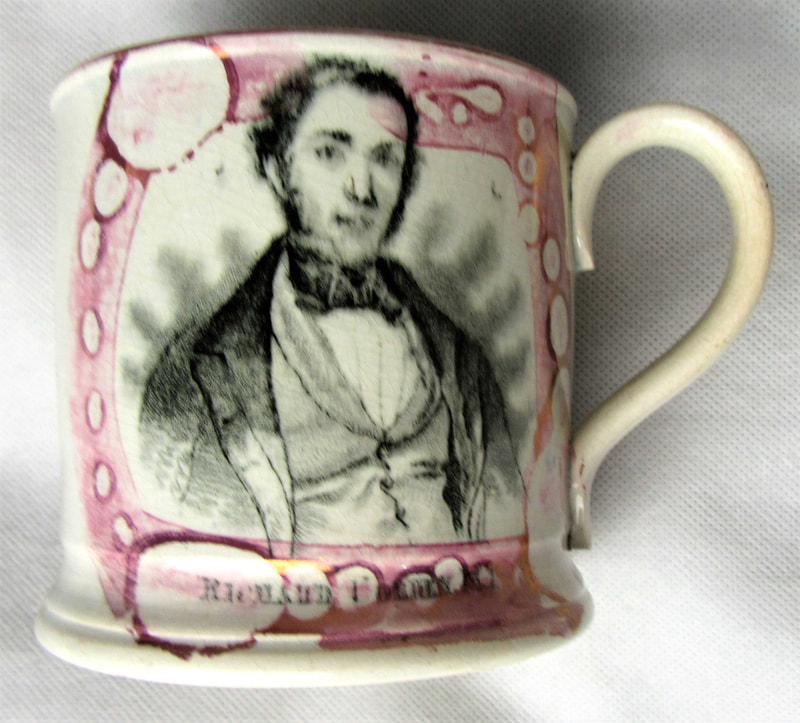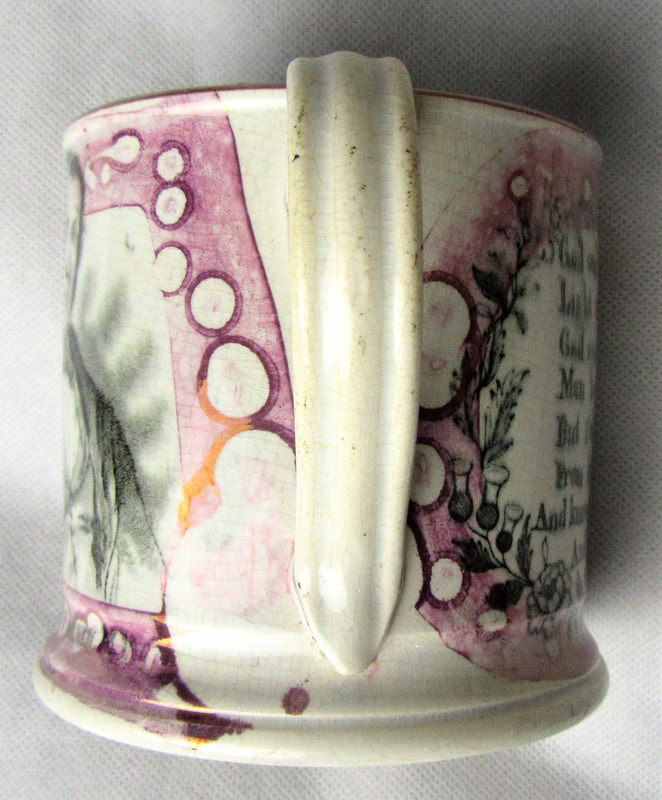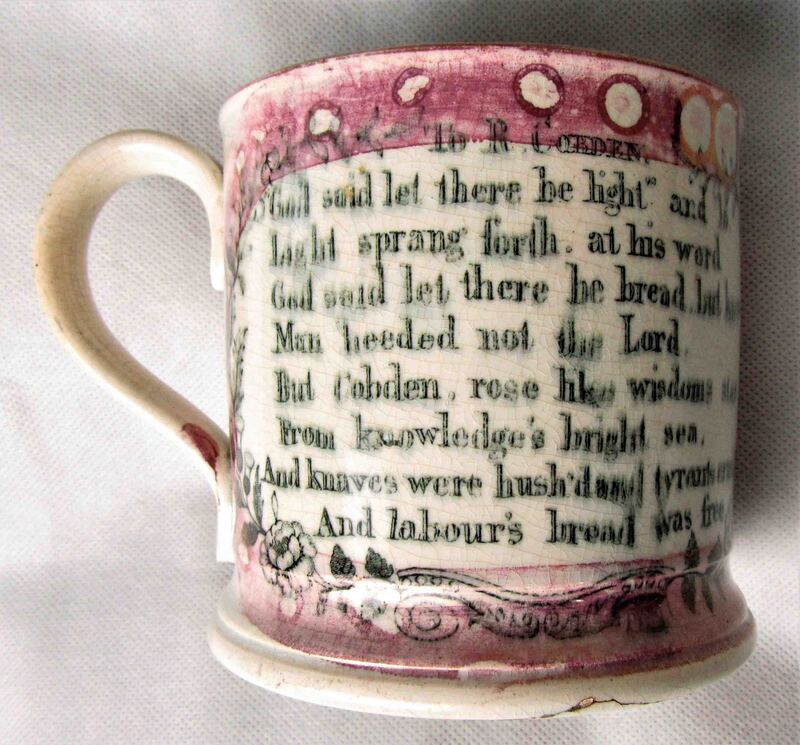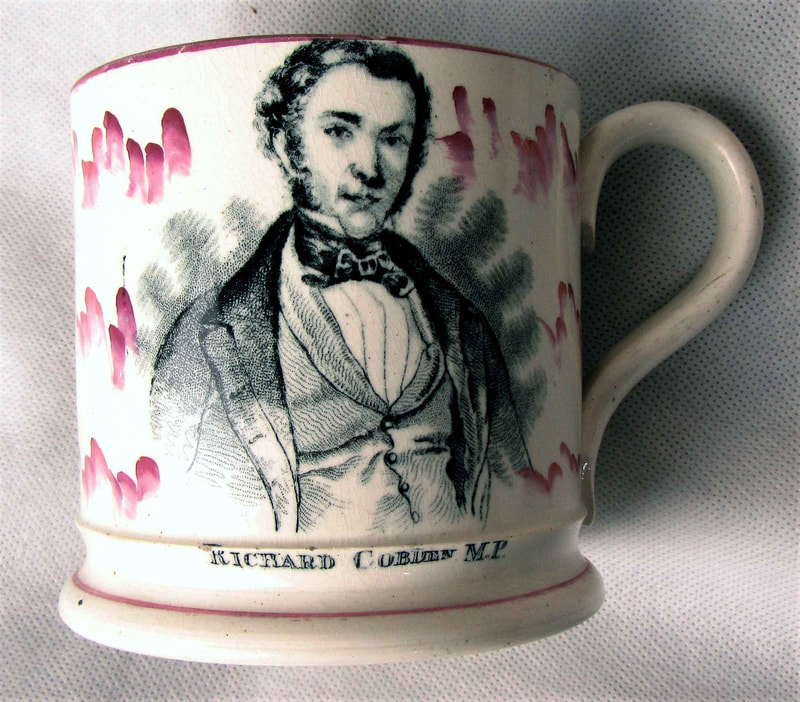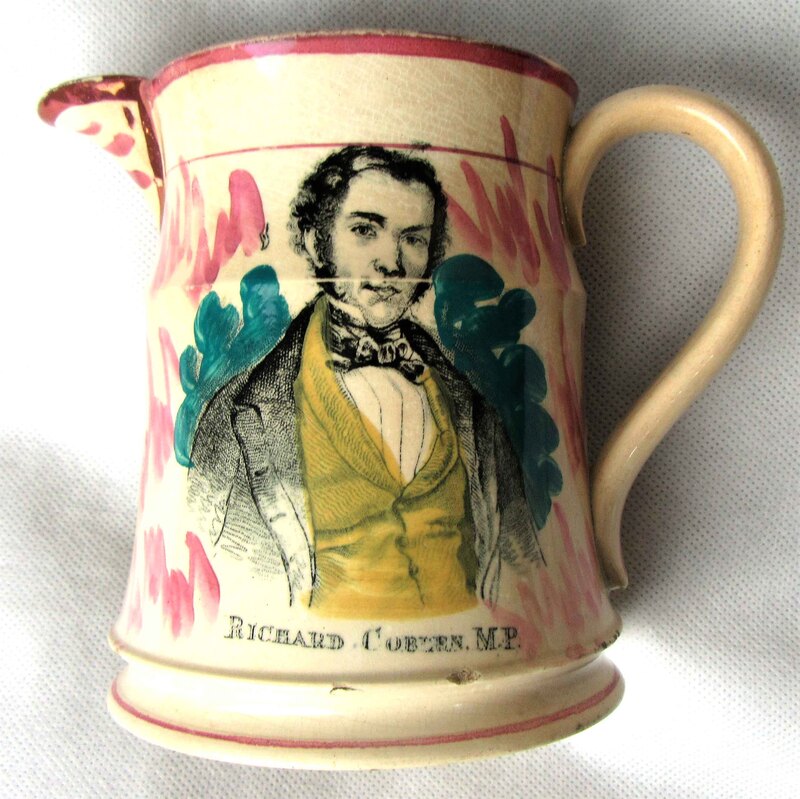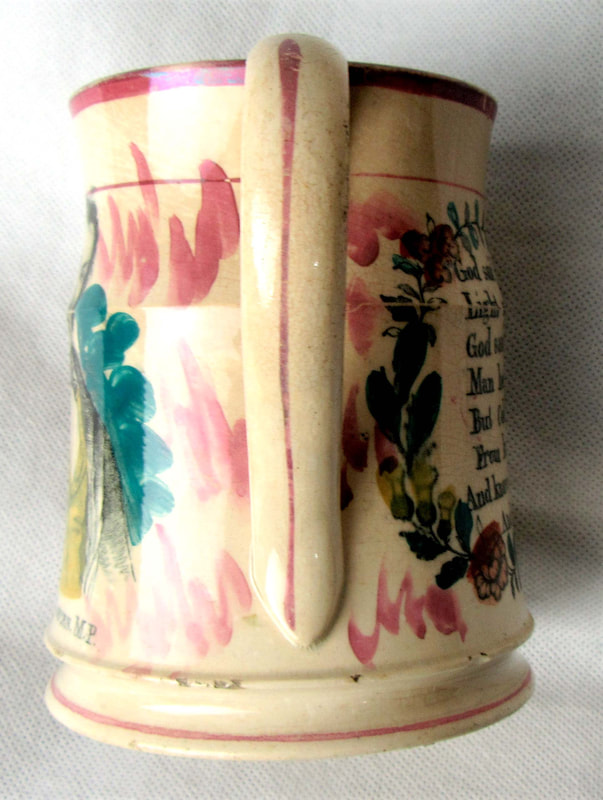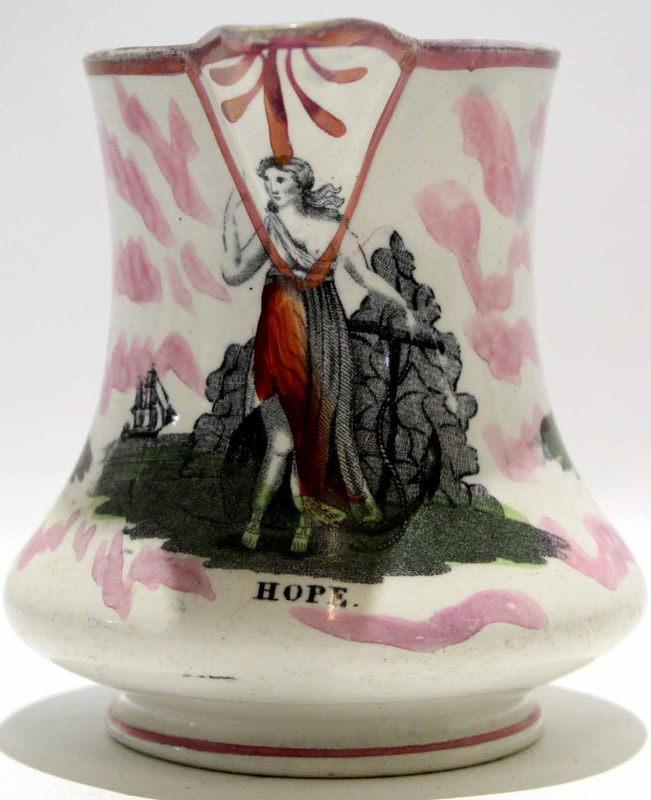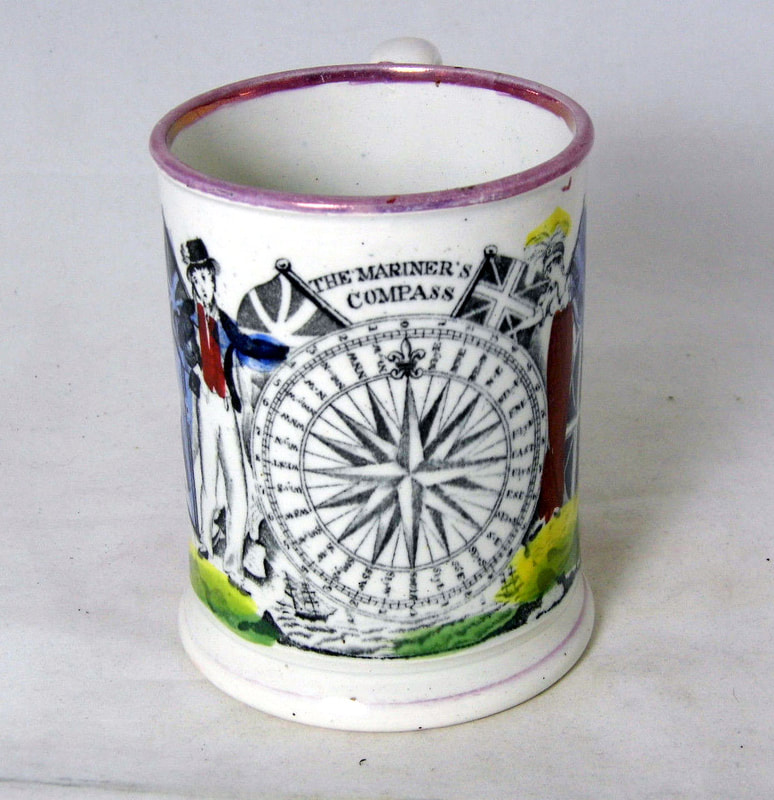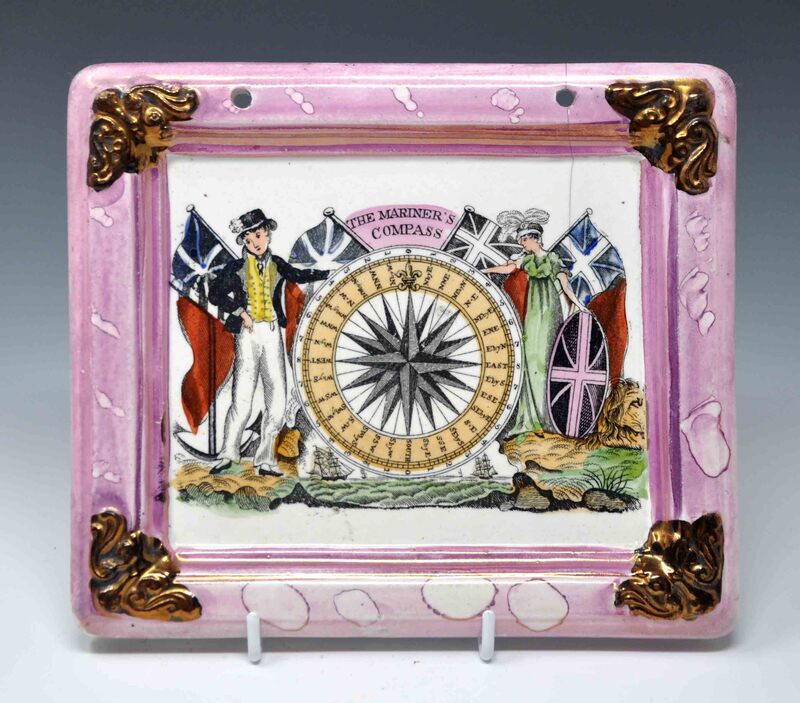Richard Cobden MP
Newbottle High Pottery
Little much is known about the 'Sunderland wares' produced by Newbottle beyond the two points of reference below.
Firstly, a circular religious plaque (below left) donated by descendants of the owners of the pottery to the Victoria and Albert Museum. This 'Newbottle' version of the 'Praise Ye The Lord' transfer is found on small rectangular plaques, from the 1840s, which appear to be unique to that pottery, and which are sometimes enamelled with hand-painted flowers (below centre). The Newbottle verse transfer also appears on larger, 1860s' plaques, sometimes found with distinctive blue borders (below right). Moore's produced similar large plaques with brown borders, but those with blue borders appear to be unique to Newbottle. NB Newbottle also produced brown-bordered versions, which are very hard to distinguish from those made by Moore's.
Firstly, a circular religious plaque (below left) donated by descendants of the owners of the pottery to the Victoria and Albert Museum. This 'Newbottle' version of the 'Praise Ye The Lord' transfer is found on small rectangular plaques, from the 1840s, which appear to be unique to that pottery, and which are sometimes enamelled with hand-painted flowers (below centre). The Newbottle verse transfer also appears on larger, 1860s' plaques, sometimes found with distinctive blue borders (below right). Moore's produced similar large plaques with brown borders, but those with blue borders appear to be unique to Newbottle. NB Newbottle also produced brown-bordered versions, which are very hard to distinguish from those made by Moore's.
The second link to Newbottle pottery is a rare signed plaque with a West View of the Cast Iron Bridge over the River Wear. It is the only known item of Newbottle pottery with a maker's mark. The 1861 census shows John Davine (the spelling varies) was living at Pottery Yard Newbottle and he is listed as a potter aged 10. You can read more on the link above, but the first plaque below appears to be an apprentice piece. The bridge transfer is also found on the small rectangular plaques mentioned above. So there are a small group of copper transfer plates used by Newbottle exclusively from the 1840s into the 1860s that appear on these plaque forms.
The Richard Cobden transfers, portrait and verse, form part of that group. Below are two of the small rectangular plaques from the 1840s and a later, larger plaque with the Cobden verse and blue borders.
Thanks to Simon Morgan for providing the source of the portrait plaque: an engraving of Richard Cobden by Charles Allen Duval, c1843. The first Cobden plaques were likely made slightly later than the engraving, in 1846, when the Corn Laws were repealed.
Thanks again to Simon for tracking down this newspaper clipping below from The Derbyshire Courier, 20 September 1890, written by the self-styled Jackdaw of Eckington. The snippet describes the importance of the Cobden verse plaque to a Norfolk farm labourer who displayed it on his wall for 40 years. We know that these plaques were an expensive acquisition on a worker's wage, so would have been treasured indeed. The story also gives some idea of the distribution networks and reach of the Sunderland Potteries, that these items could travel so far to find their place on the wall of a worker's cottage.
In a blog post of 2011, I noted that all of the portrait plaques with Cobden, appear to come from the same copper plate. The copper transfer plates often had multiple transfers, side by side on the plate. They were printed onto tissue paper and the relevant bits cut out and applied to the pottery. In this case, there are snippets of what appear to be the tips of leaves or petals from the transfer to the left of Cobden on the copper plate. See the black marks in the right details below.
In the centre details (plaque above and two plaques below), note the curly mark to the left of Cobden's left ear. This appears to be the tip of yet another leaf, perhaps from one of the four flower sprigs on the plaque above. It is hard to quite envisage how the transfers fitted in around Cobden, but it appears that the copper plate was crowded with images.
The transfer appears more rarely on commemorative mugs. The first below has conventional lustre decoration used by many potteries, and a strap handle. The zig-zag vertical strokes of pink lustre on the second are a little more unusual, and are usually a feature associated with Moore's Pottery.
Newbottle High Pottery or Moore's Wear Pottery?
Here's where it all gets a bit murky. The jug below is cruder in decoration, and it is tempting to assign it a later date. Ian, its owner, suggested that the transfer plate might have been taken out of retirement in 1865 and recycled for use on items commemorating Cobden's death. In 2011, we mused over whether the transfer plate could have migrated to John Carr in North Shields. However, Moore's Wear Pottery now seems a more likely contender, if indeed the copper plate migrated at all.
Below are two firmly attributable Moore jugs (the second has a printed mark). The similarities of zig-zag lustre decoration are striking. But also the lustre strokes radiating from the tip of the spout.
Finally, another Newbottle transfer that appears on the small rectangular plaques from the 1840s, and on a later frog mug with typical Moore lustre decoration. It is possible that the enameller worked at both Moore's and Newbottle Pottery. Or, perhaps more likely, that Moore's acquired the copper plate. Maybe in another 10 years things will be clearer!
